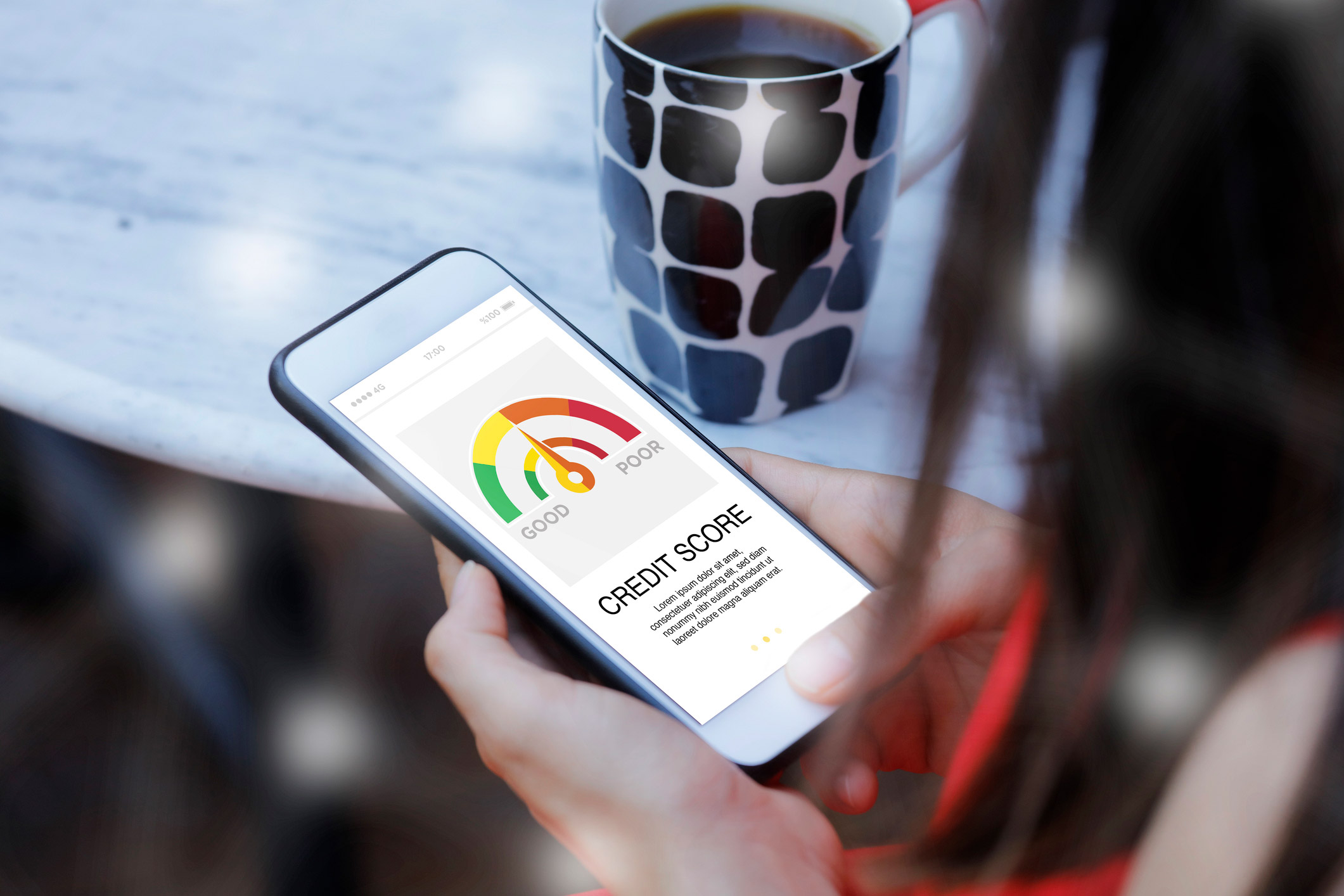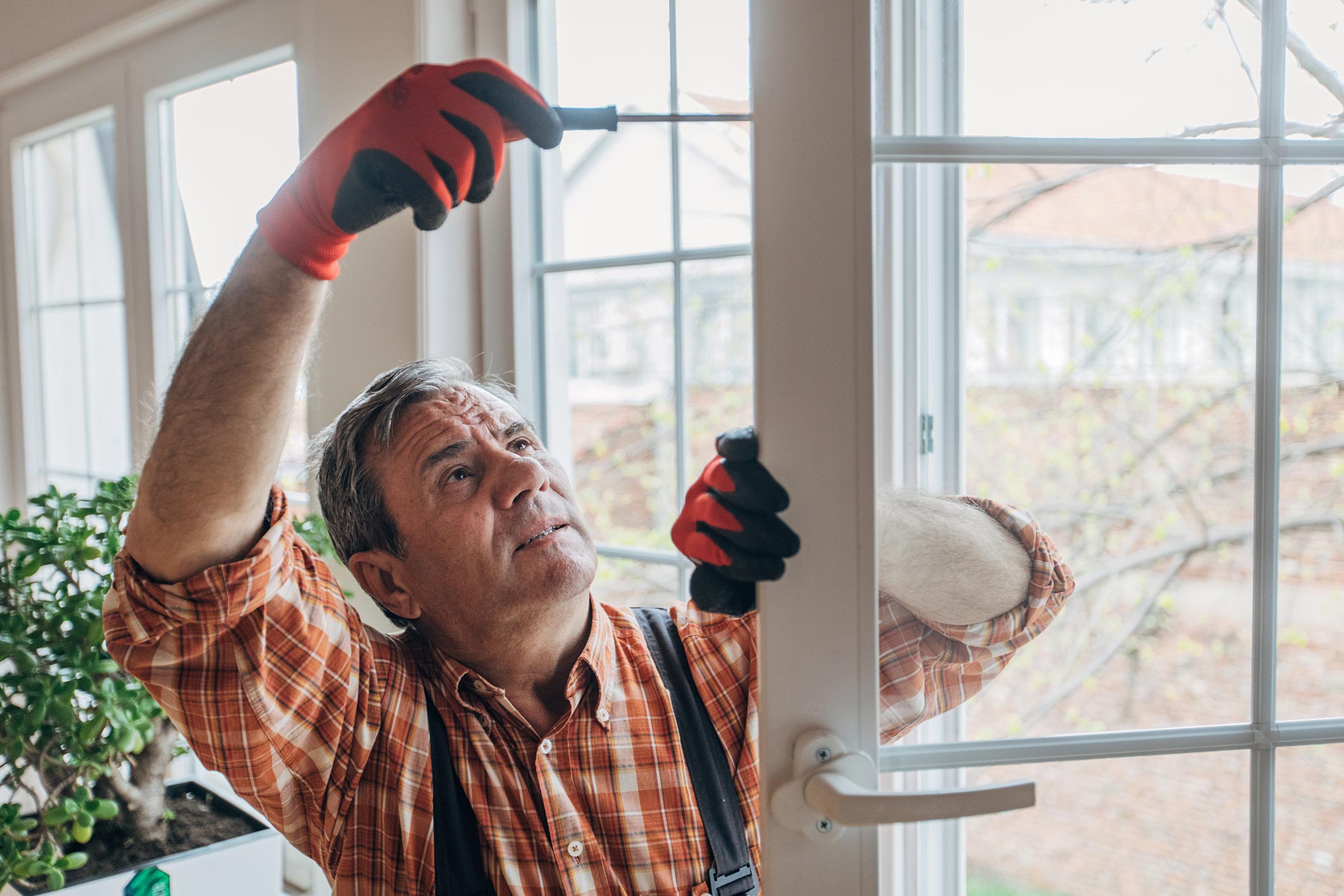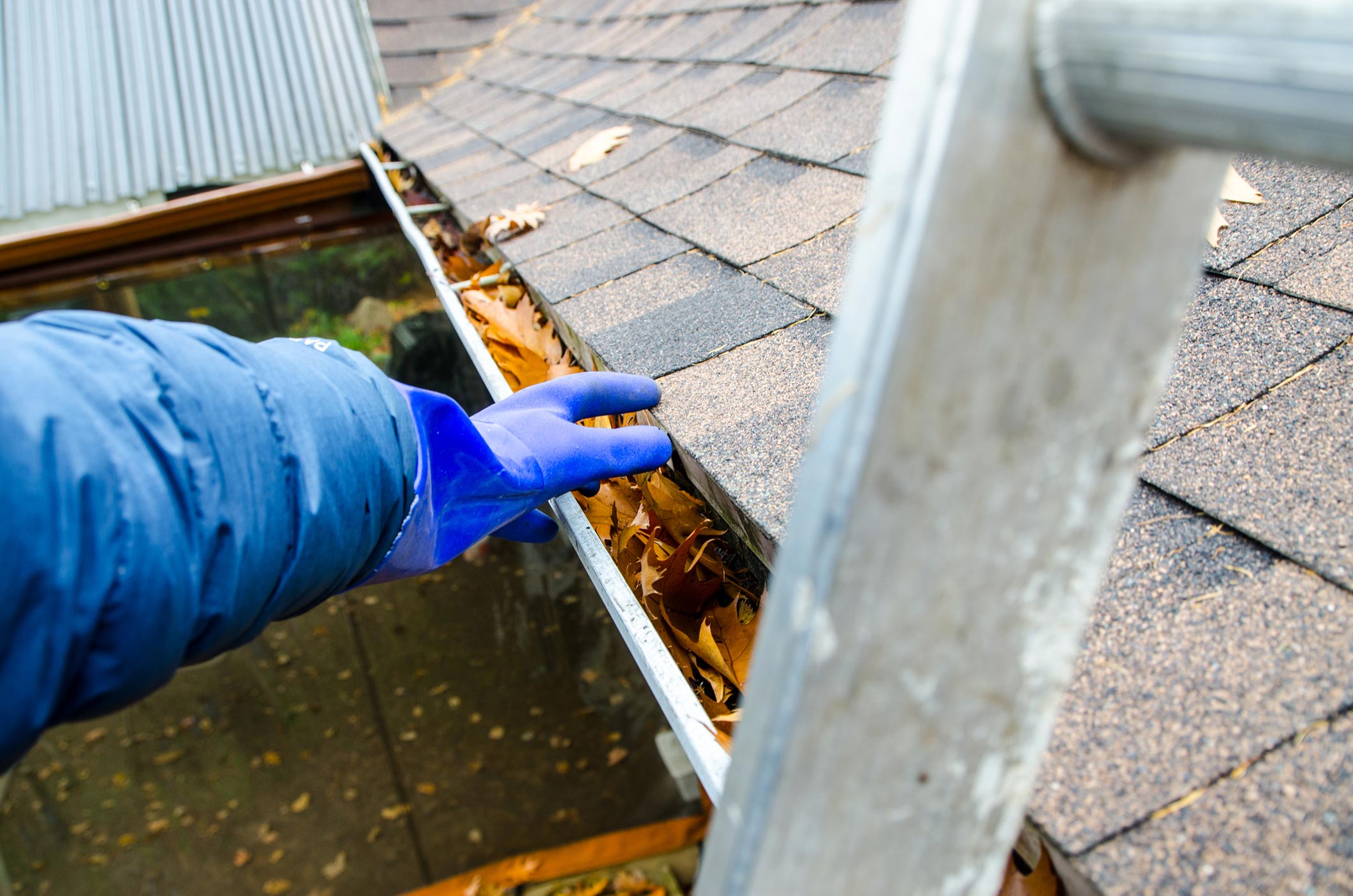6 Ways to Start Saving on Energy Costs
No matter where you are in your homeownership journey, there are ways to save money, conserve energy, and improve household comfort. With these low-effort, high-impact projects, you can set yourself up for day-to-day, month-to-month, and long-term success.

According to energy.gov, air leaks are one of the leading causes of home energy loss. Improving seals with caulk or weather stripping (materials designed to fill and cover gaps in your home’s insulation) can help keep your heating and cooling systems from being overworked. And this can save you up to 20% on utility bills according to energy.gov.
A tried-and-true approach is to seal anywhere exterior air can seep inside, like window frames, doors, fireplaces, laundry vents, and plumbing fixtures. Doing this yourself can be simple — the Department of Energy recommends using common tools like caulk and foam.
Homeowner tip
Hire a professional to seal hard-to-get-to areas like duct work and electrical wiring.
Pipes that are exposed in unheated areas, like in uninsulated exterior walls of a garage, are particularly vulnerable, but a frozen/burst pipe anywhere in the home can cost you. By adding insulation between the indoors and the outdoors, you can reduce energy demand, improve the comfort of your home, and save money.
Tubular foam is easiest to install, while pipe wrap tape ensures a very tight fit. Alternatively, if thermostat-controlled heat cables are right for your home, be sure to follow installation and maintenance instructions.
Homeowner tip
Confirm whether your insurance policy covers flooding from ruptured pipes. Likewise, see if you qualify for energy efficiency upgrades, such as basement window replacements.
From water heaters to computers and outdoor tools, certified ENERGY STAR products use less energy than standard-grade products and save you more money, month to month.
You can find a full list of ENERGY STAR-certified products at energystar.gov.
Homeowner tip
Find cost-saving rebates and special offers near you with the ENERGY STAR Rebate Finder.
Did you know heating and cooling make up about 40% of home energy use, according to energy.gov? Smart thermostats optimize your energy usage by automatically adjusting based on your preferences and behaviors. Plus, they’re interactive and fun to use.
For example, you can set the thermostat to energy-saving temperatures while you’re out of the house through easy-to-use apps. Likewise, most smart thermostats will collect energy usage data, which can help you identify patterns and opportunities to save.
In fact, ENERGY STAR-certified smart thermostats are proven to deliver savings and are designed to be compatible with local utility program incentives.
Homeowner tip
According to energy.gov, you can save up to 10% on heating and cooling each year simply by turning your thermostat down 7 – 10°F for 8 hours a day in the fall and winter. In spring and summer, turn it up 7 – 10°F for the same amount of time.
Indoors
- Repair leaky faucets.
- Only run the dishwasher when it’s full.
- Compost food waste to avoid garbage disposal usage.
- Clean and peel vegetables in a bowl of water instead of under running water.
- Shorten showering time.
- Install faucet aerators.
Outdoors
- Consider low-water plants.
- Plant more trees and shrubs and less grass.
- Raise mower blades to 2" or 3" high to increase the soil’s water retention.
- Add compost to soil to improve conditions.
- Only water the lawn when necessary.
- Use collected rainfall to water plants and the lawn.
Most standard energy assessments, or audits, are relatively inexpensive and often take only about an hour. The primary goal is to evaluate how much overall energy your home uses and to develop a cost-effective action plan for energy efficiency improvements.
If you want a more thorough energy audit with diagnostic testing (for leakage, insulation, and malfunctioning equipment), those are also available.

Find local home improvement savings programs
Need help funding home improvements?
Our home improvement savings finder makes it simple to search for incentives, tax credits, grants, and more to help fund home upgrades and repairs.







